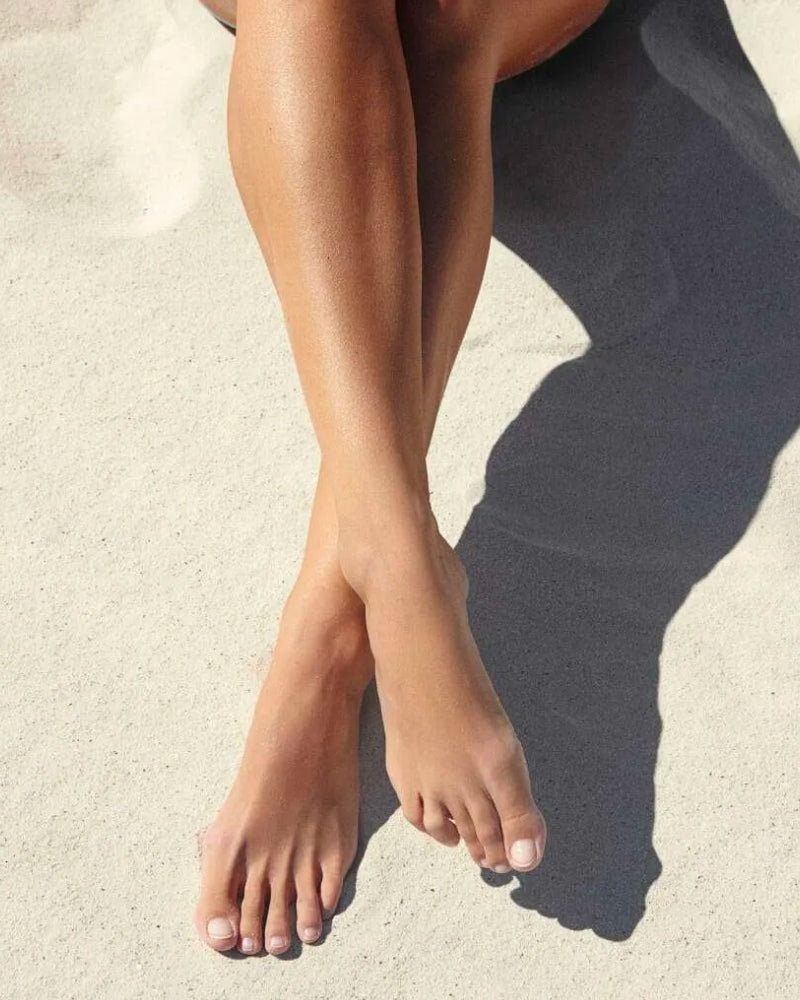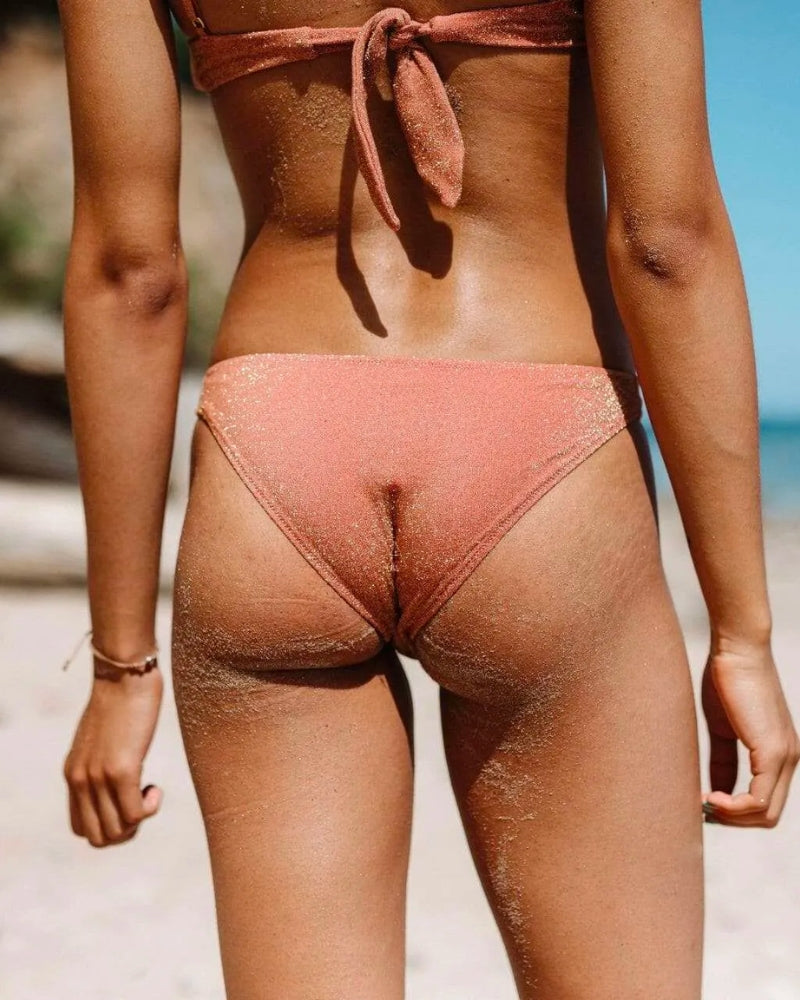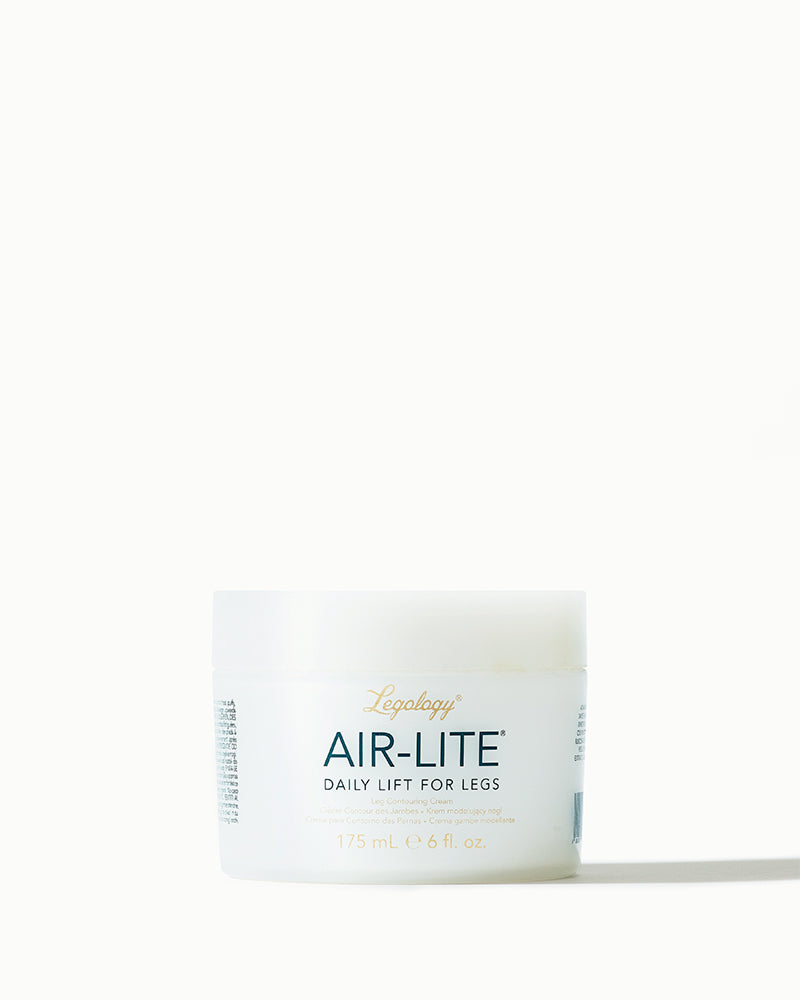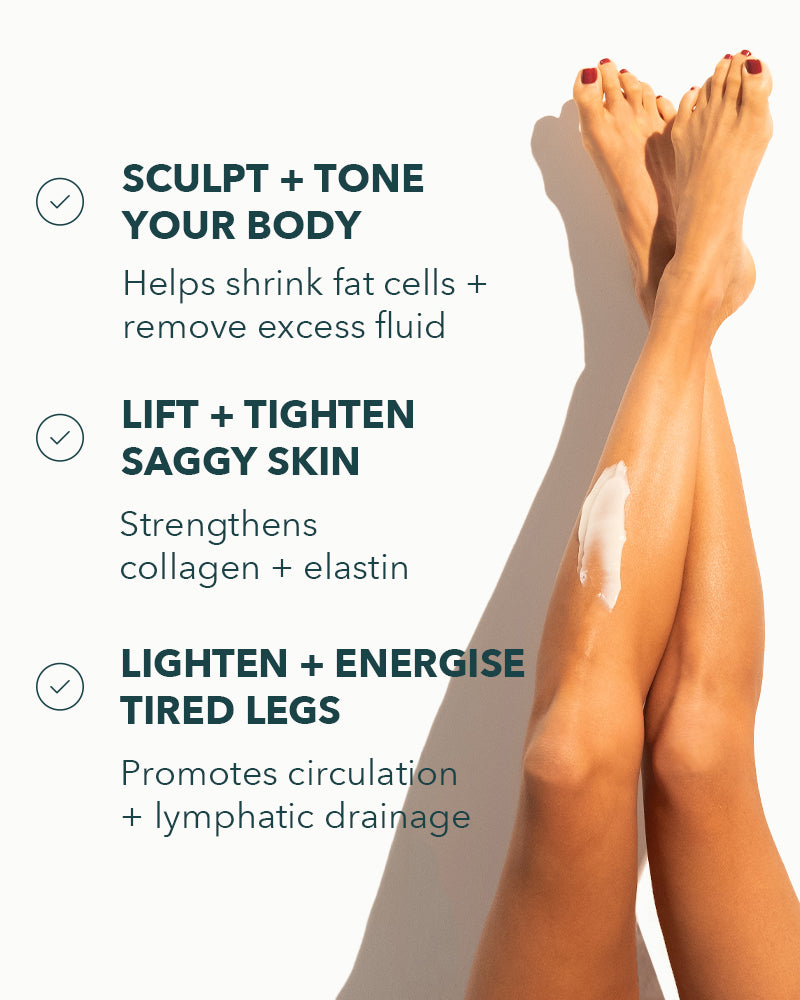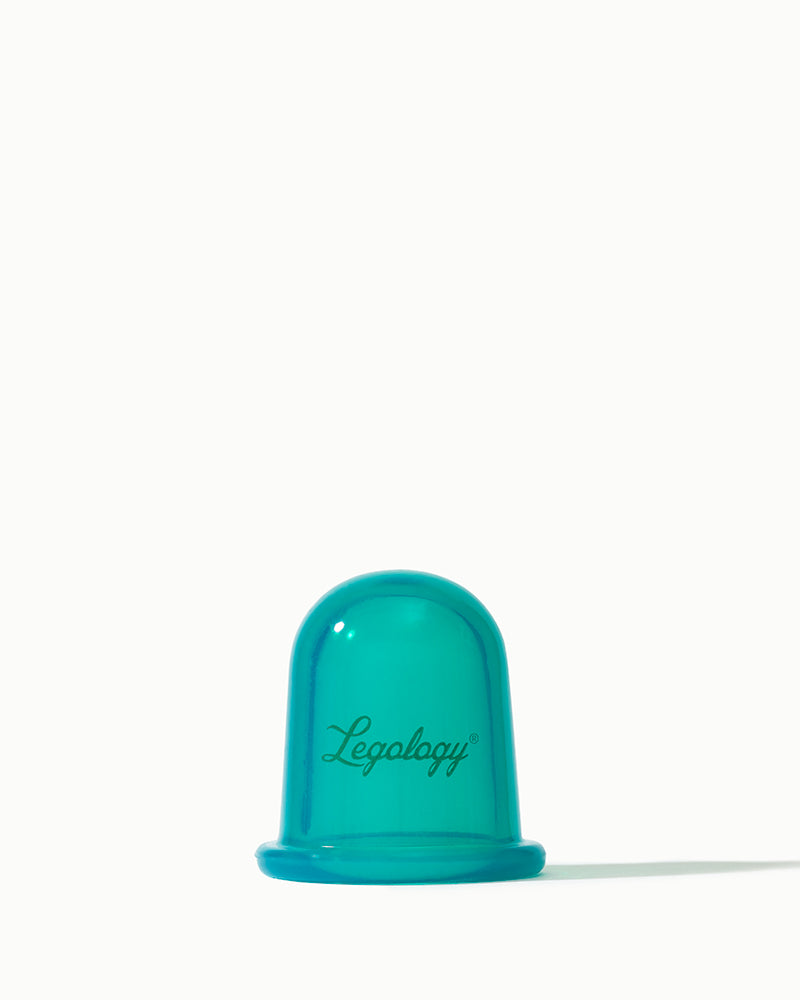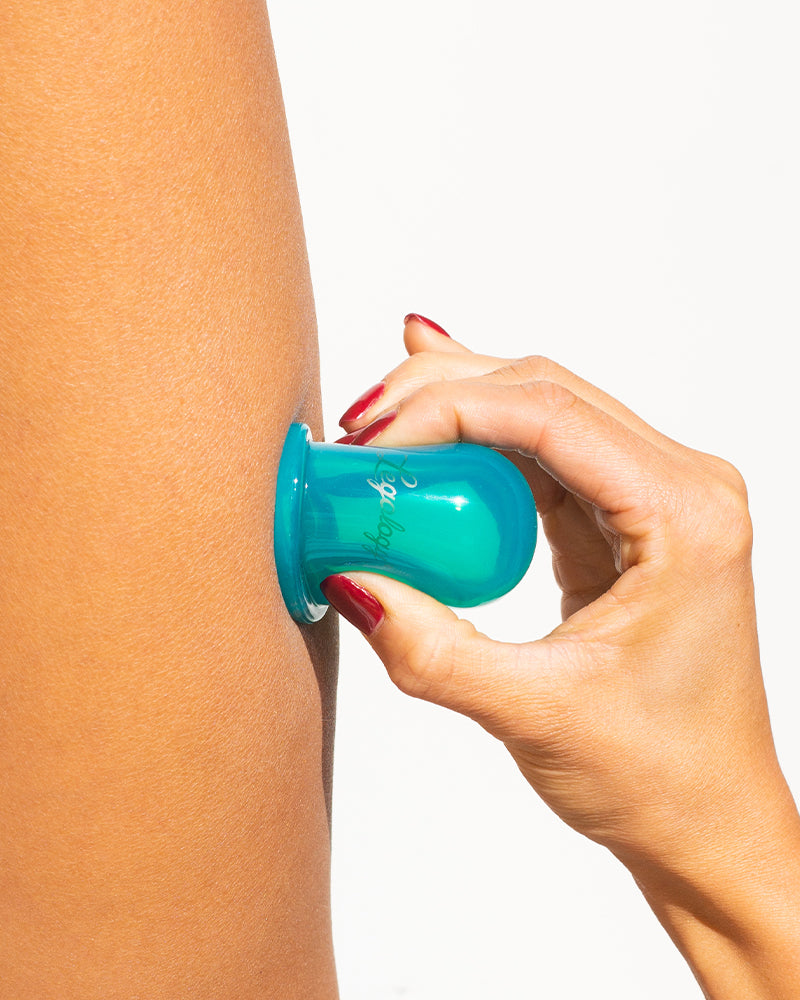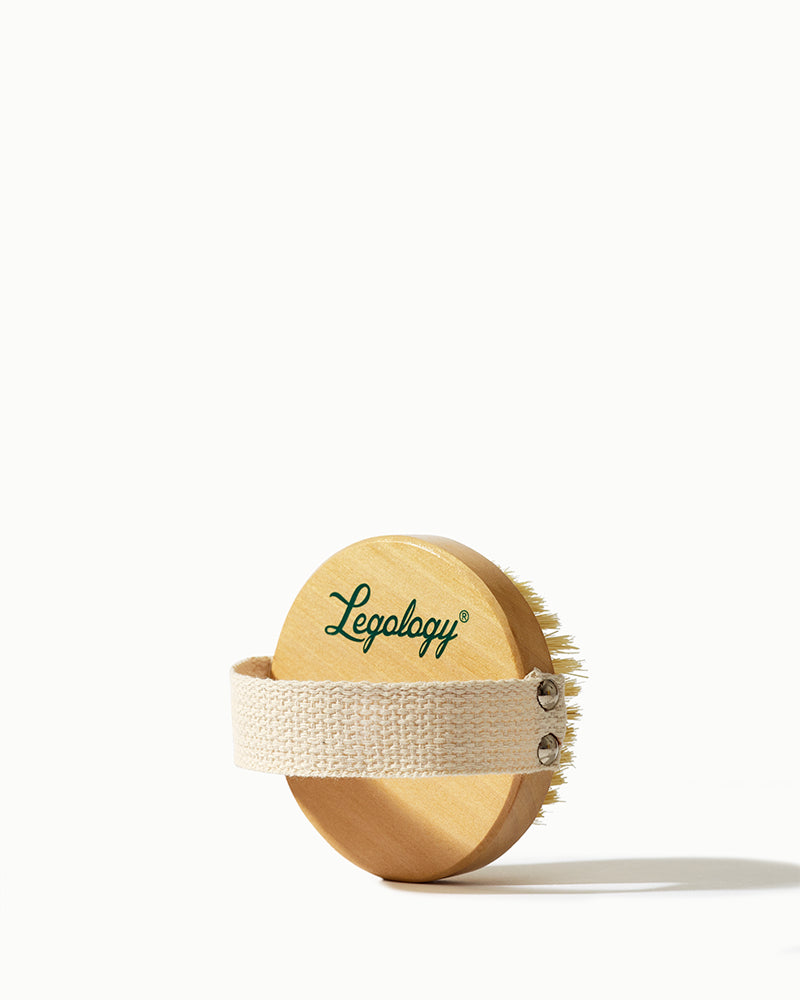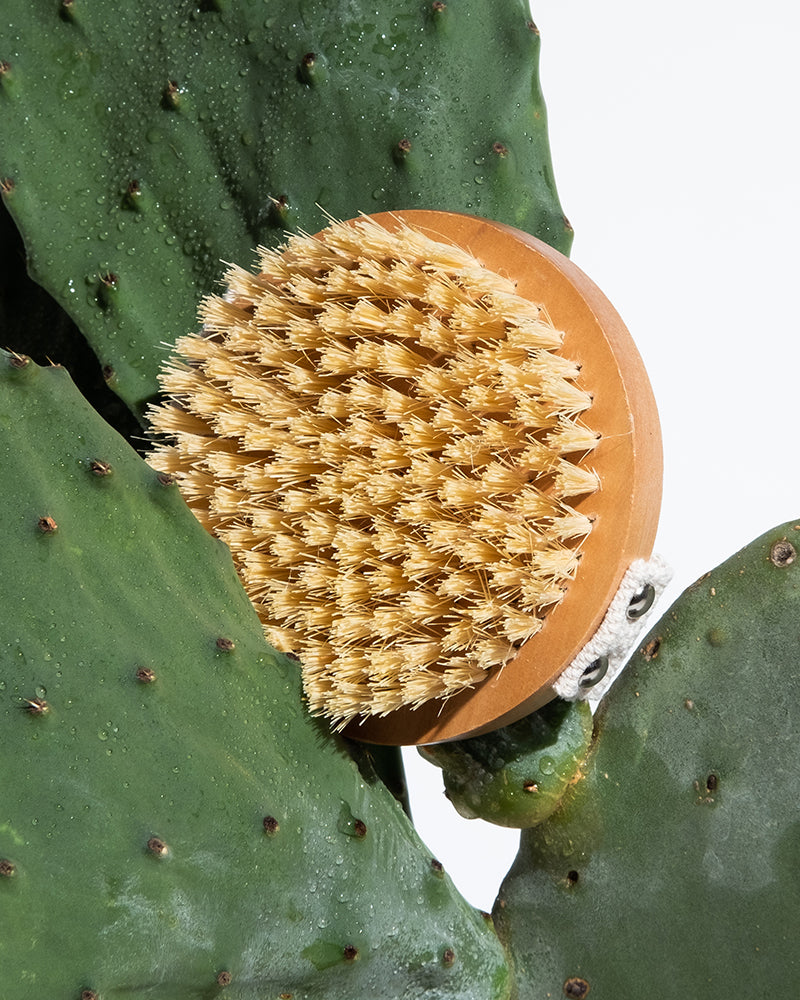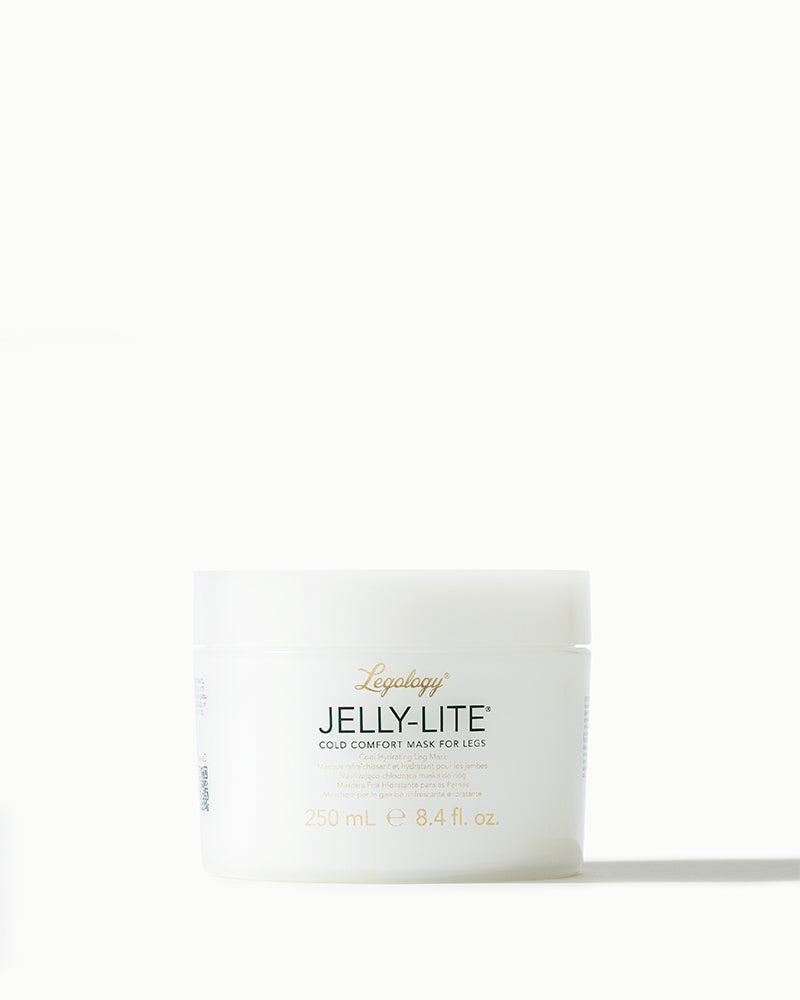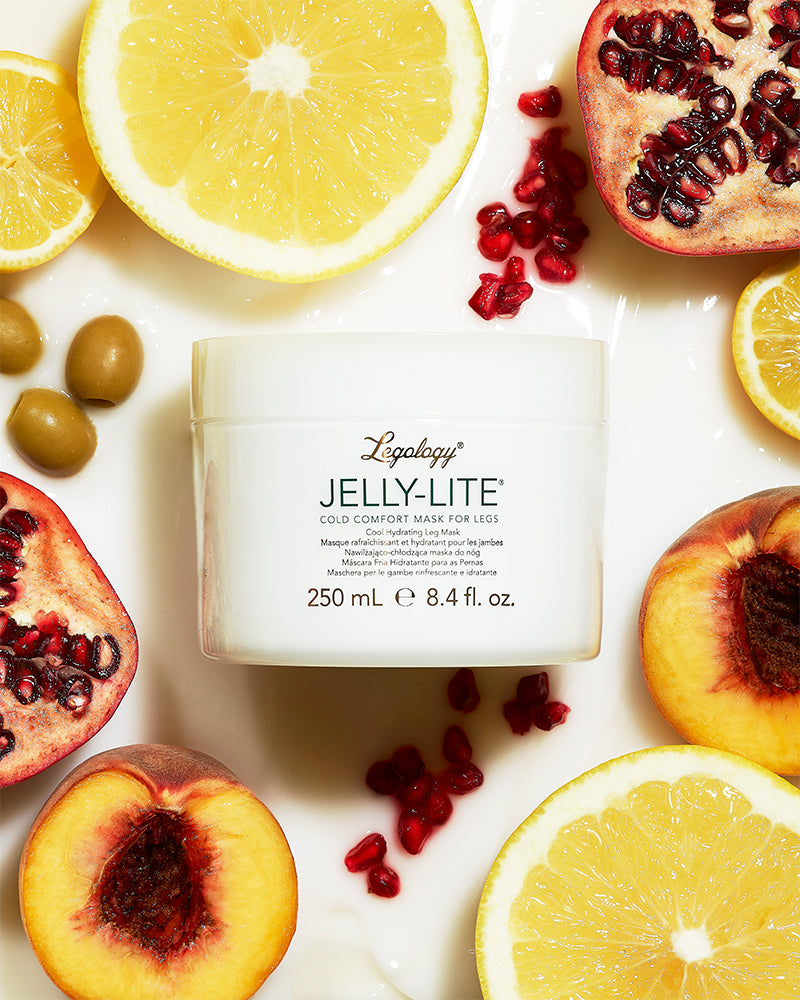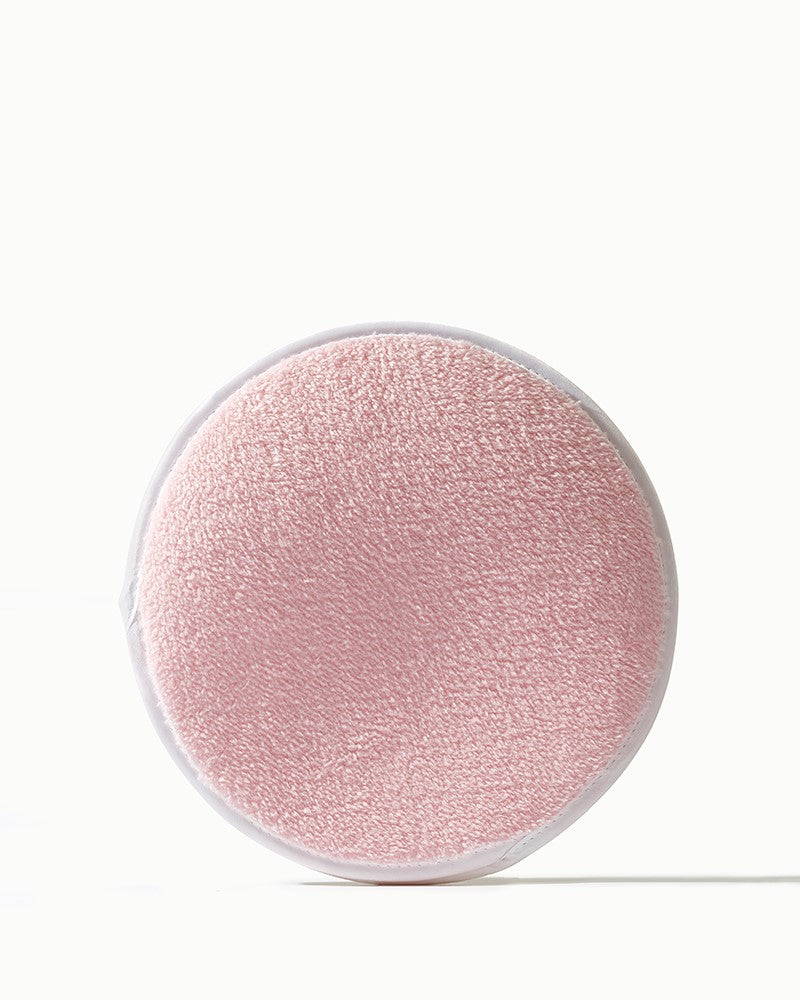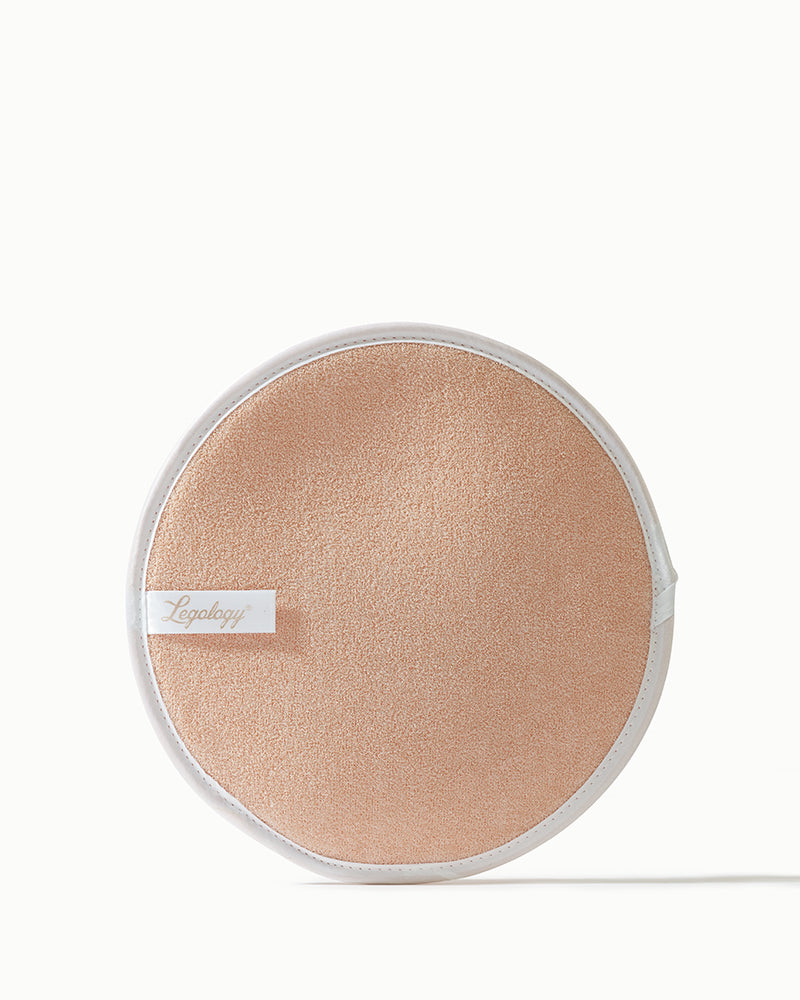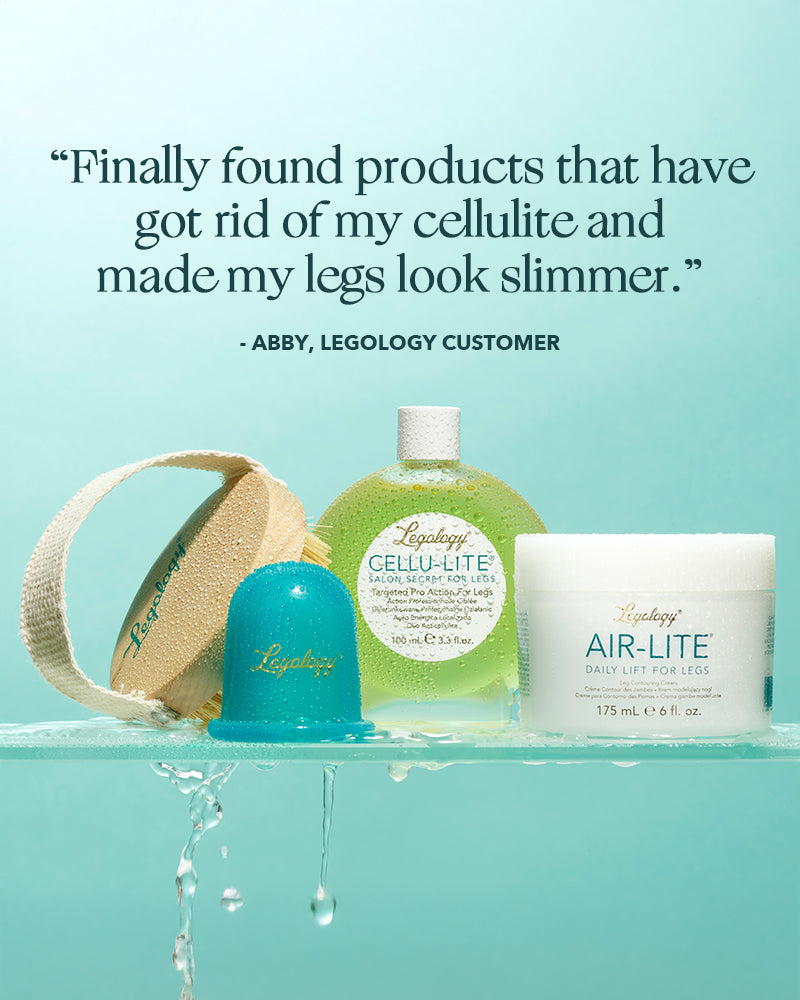Can You Remove Stretch Marks?

While 90% of women experience stretch marks at some point during their lives—and some men get them, too—it can still be tough to understand how the remaining 10% and most men seem to dodge such a common occurrence. So what’s behind them and can we do anything about them?
Stretch marks, also known as striae, are long scars that grow when the skin either shrinks or stretches quickly once we get past the phase of puberty.
What happens when stretch marks appear on the body is that the normal production of collagen is disrupted. The initial causes of stretch marks are pregnancy, puberty, fast weight gain along with fast weight loss. The changes in hormones also play a role in the appearance of stretch marks on the body.
When stretch marks develop on your body, they are most likely to appear on the abdomen, breasts, hips, buttocks, and thighs.
Why Have I Got Stretch Marks?
-
Rapid Weight Gain
A rapid increase in body weight can pose a significant challenge to your skin and is a consistent factor in the appearance of stretch marks.
In other words, every stretch mark begins with the stretching of the skin.
As fat or muscle is gained, skin is forced to stretch to accommodate this growth. Unfortunately, skin’s elasticity may restrict it from being able to stretch fast enough, leading to a tear in the collagen structure beneath the skin’s surface. The result is the appearance of a scar-like mark, often pink or brown in color, that appears from the epidermis. It should be noted that this type of tear in the skin does not occur in a physical wound on the skin’s surface, but rather exists in the epidermal layer.
For most pregnant women, a surge in weight gain often occurs during the sixth or seventh month of pregnancy, which is when stretch marks tend to show up. In fact, pregnancy is the leading cause of stretch marks among women. Rapid weight gain during puberty in both males and females can also lead to stretch marks, as can rapid muscle gain in bodybuilders or fat gain in those who may be overweight or obese.
2. Age
As we age, our skin’s natural collagen and elastin levels begin to decline. As a result, it loses its firmness, flexibility, and ability to recover from damage due to a slower skin cell renewal cycle. For these reasons, age can have an impact on stretch mark risk in two ways. First, younger skin is unable to stretch as much as older skin to accommodate rapid weight gain; older skin tends to be looser, allowing for greater weight gain before it begins to stretch. However, when a stretch mark occurs in older skin, it’s less able to repair the damage naturally, meaning the permanent appearance of a stretch mark is much more likely in those who are older. It is worth noting that lifestyle factors can also impact how rapidly skin may age.
3. Hormones
Hormones have a significant impact on skin health. A high level of testosterone is one of the key reason’s men’s skin tends to be resistant to stretch marks. Testosterone contributes to the skin’s moisture levels through increased oil production. This naturally healthier hydration level helps to support the skin’s collagen production cycle, allowing for increased elasticity and a lower risk of stretch marks as a result.
For women, estrogen has a significant impact on skin health. Balanced estrogen levels help to maintain skin structure and hydration via healthy hyaluronic acid and collagen production levels for a plumper, smoother, and more radiant complexion. Drastic changes in estrogen levels that occur during puberty, pregnancy, and menopause make the skin susceptible to damage, reducing natural collagen and elastin production levels, leading to thinner, less elastic skin that is prone to stretch marks.
4. Genetics
Similar to cellulite, genetics seem to play a big role in determining your risk for stretch marks. If your birth parent(s) had stretch marks, you are likely to develop them, too. The reason for this is that a trait is often passed down that leaves your skin with a lack of elastin, the connective tissue needed to allow the skin to stretch and avoid tearing. While there may be some ways in which you can influence your risk of developing stretch marks or to more quickly reduce their appearance, it’s unlikely you’ll be able to avoid the hereditary factor altogether.

Can You Remove Stretch Marks?
As yet there is no instant fix for them, but some creams, microdermabrasion, and lasers can make them look better. These are the best steps to take:
-
Topical Treatments
Maintaining skin hydration can have a significant impact on your skin’s overall ability to heal on its own, while also maintaining elasticity. Cutting back on alcohol, applying sunscreen daily, and using an effective moisturiser that supports natural skin cell renewal are just a couple of ways in which you can help maintain healthy skin hydration levels.
For treating stretch marks that have already appeared, studies show that products containing retinoids—or more specifically, at least 0.1% tretinoin—offer an effective topical treatment for stretch marks, particularly on newly formed stretch marks. These retinoid-based treatments sink into the skin and claim to kickstart your natural collagen and skin cell renewal cycles to repair damages and reduce the appearance of stretch marks in time.
2. Micro needling
Micro needling may be an effective alternative to treating stretch marks in those with darker skin tones who may be susceptible to hyperpigmentation (discoloration) if using last-based stretch mark treatments. Those with deeper skin tones are often less likely to develop stretch marks, as darker skin tends to be more elastic compared to paler skin types, but this doesn’t mean that stretch marks are completely avoidable. Using tiny pins that create equally tiny wounds in the skin’s surface, micro needling treatments work to trigger skin’s natural wound response, boosting collagen production and sending new skin cells to the treated area to replace damaged cells, reducing the appearance of stretch marks in time with a lower risk of affecting skin color in areas surrounded the treated skin.
3. Radio Frequency Skin Resurfacing Treatments
For early- to late-stage stretch marks, radio frequency (RF) skin resurfacing treatments use NanoFractional RF technology to deliver thermal (heat) energy deep below the skin’s surface, triggering the natural collagen production cycle, aiding in the reparation of damaged skin, and gradually reducing the appearance of stretch marks.
More specifically, one study on the safety and effectiveness of Venus Viva RF-based skin resurfacing treatments reported a noticeable and consistent reduction in the size of stretch marks on the thighs, buttocks, and abdomen alongside an increase in collagen and elastin levels within the treatment area. Treatments are safe for all skin tones and sessions last between 15 to 30 minutes with minimal downtime, making it easy to adapt to busy schedules.
Is Prevention Better Than A Cure?
There are several things you may start doing to prevent stretch marks from growing on your skin.
First, it’s important to start controlling your weight whether you are pregnant or not. Make sure you eat a healthy diet and exercise to be able to manage your weight.
Staying hydrated is another key point in preventing stretch marks because it helps your skin stay hydrated and soft. Besides, soft skin does not develop stretch marks as much as dry skin does.
For those who drink caffeinated beverages, know that it may increase the risk of developing stretch marks.
It is essential to balance fluid intake with a lot of water, herbal tea, or caffeine-free liquids.
Sometimes stretch marks start to appear due to a lack of nutrition in some areas. Consuming foods that boost your skin health may help such as foods rich in zinc, protein, and vitamin C, D and E. An intake in vitamin C is important for the development of collagen, which is found naturally in fruit and vegetables.
Vitamin D is easily obtainable by exposing yourself to the sun and consuming foods such as bread, cereal, and dairy products.
In addition, consuming foods rich in zinc helps decrease inflammation and plays a role in the healing process. For instance, nuts and fish are zinc-rich foods that could improve your skin to be healthy.
Certain topical treatments can help to prevent stretch marks from appearing on your body. One of these is retinoid cream which is basically a vitamin A derivative that unclogs pores, boosts collagen to reduce fine lines, and speeds cell turnover in order to even out discolouration and smooth your skin. If your stretch marks are still new, using retinoid cream may improve the appearance of your skin.
Glycolic acid creams and chemical peels can also beneficial to treat stretch marks. These treatments do work to reduce stretch marks, yet they do not keep new stretch marks from forming.


